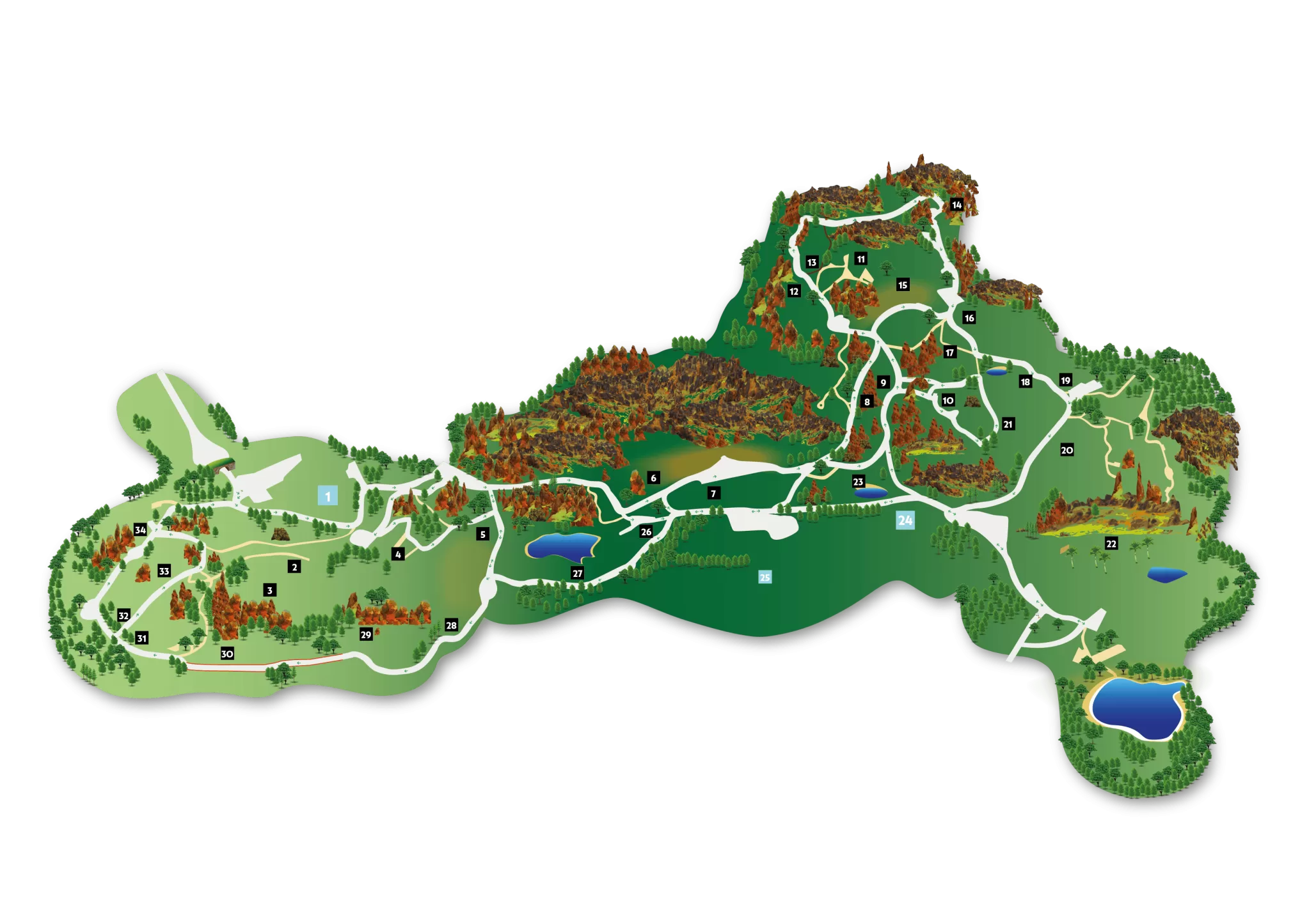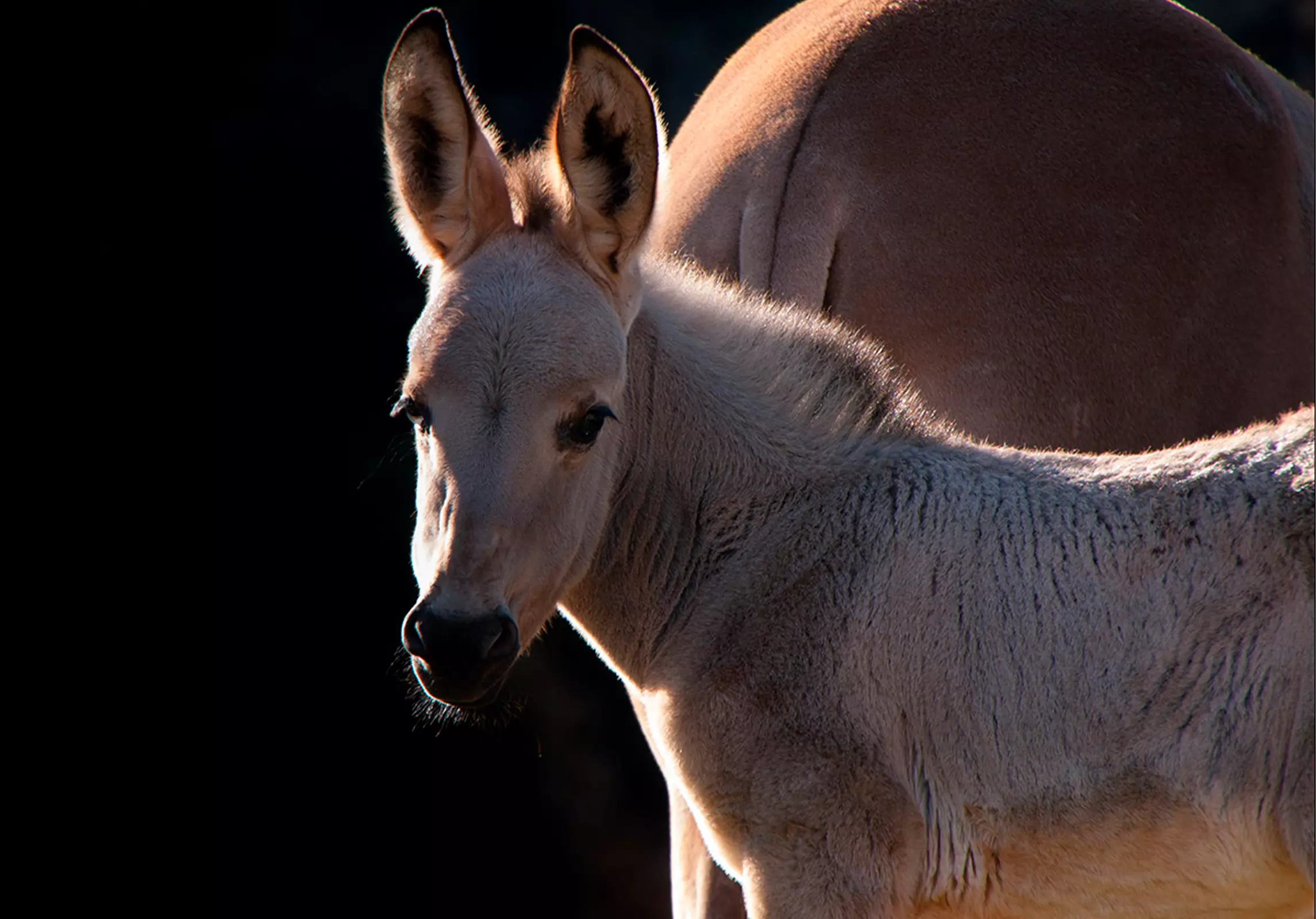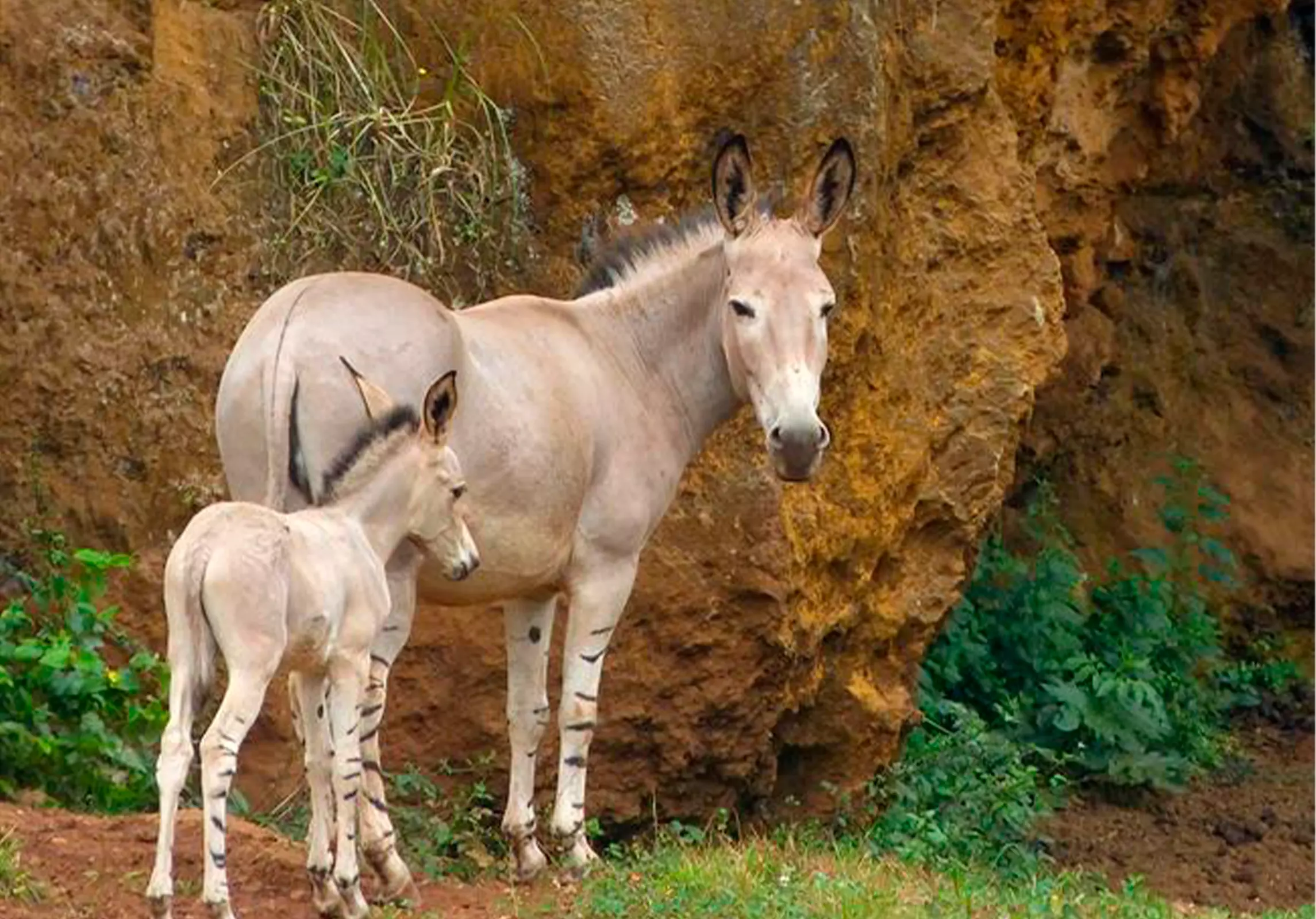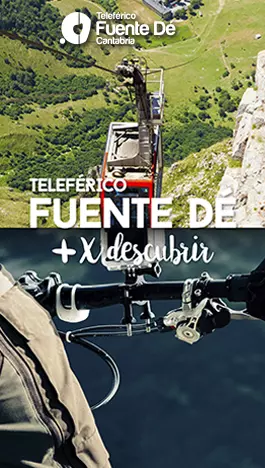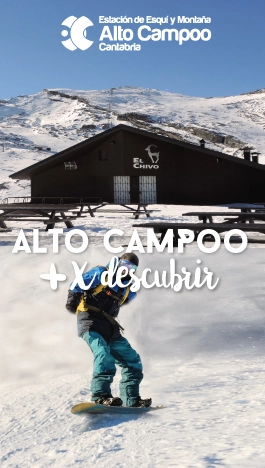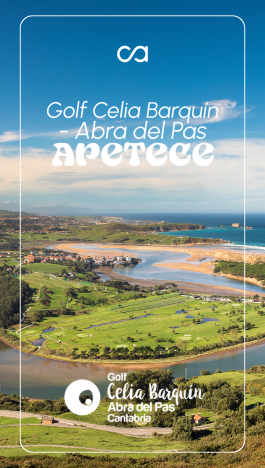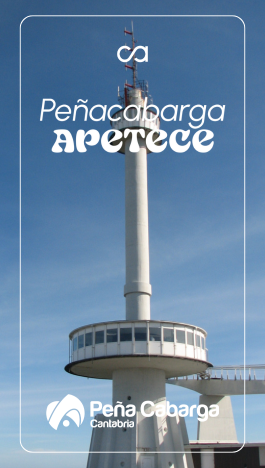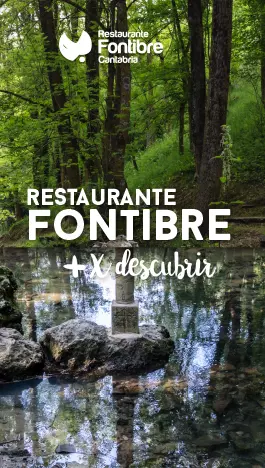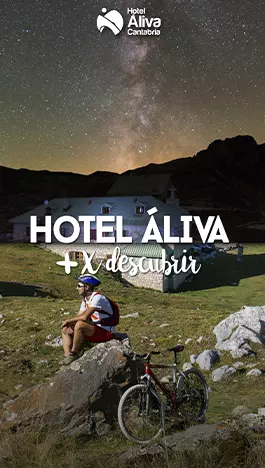
The African wild ass is an equine with a grayish hue, similar to that of common donkeys, but with a distinctive characteristic: its legs are adorned with horizontal stripes. Adapted to arid climates, it can survive with scarce food resources and even go several days without water, tolerating a loss of up to 30% of its body weight without suffering serious harm.
Its large ears serve a dual function: they help dissipate heat and, being mobile, allow it to capture sounds with great precision. Its vision is exceptional, both day and night, which gives it an advantage in its natural habitat. Despite being a fast animal, it does not immediately flee from dangerous situations; if necessary, it defends itself with powerful kicks, using both its hind and front legs.
Throughout history, the African wild ass has played a relevant role in various African cultures, being considered a valuable animal both economically and symbolically. However, currently, its situation is critical: according to the International Union for Conservation of Nature (IUCN), fewer than 200 individuals remain in the wild, distributed in small areas of Eritrea and and Ethiopia.
Since the arrival of this species at Cabárceno Nature Park, the birth of four individuals of this endangered species has been achieved, which reinforces Cabárceno’s commitment to the conservation and reproduction of threatened species.

